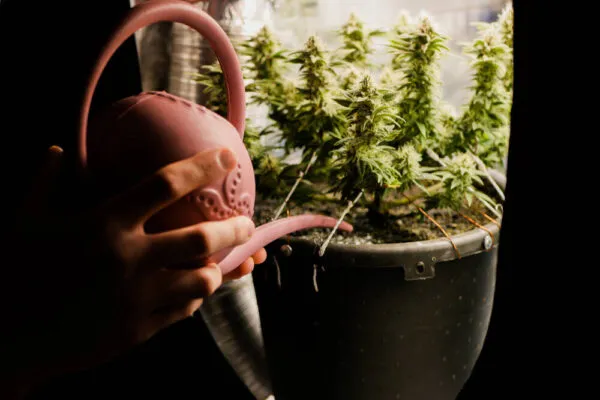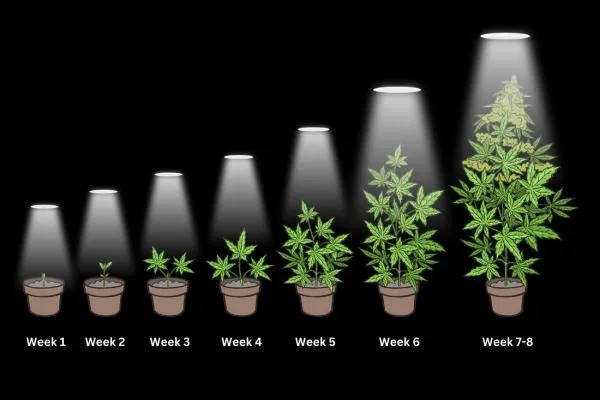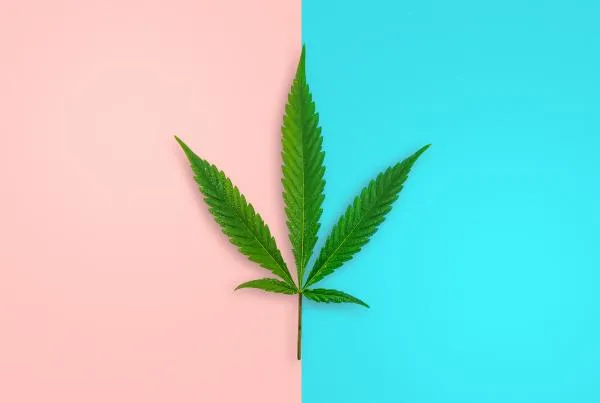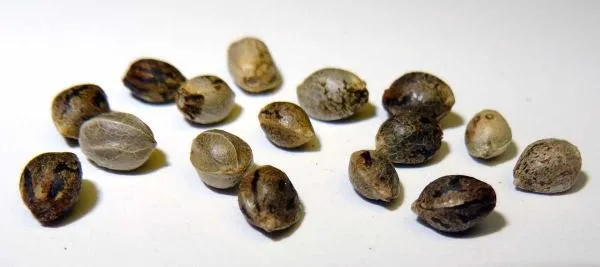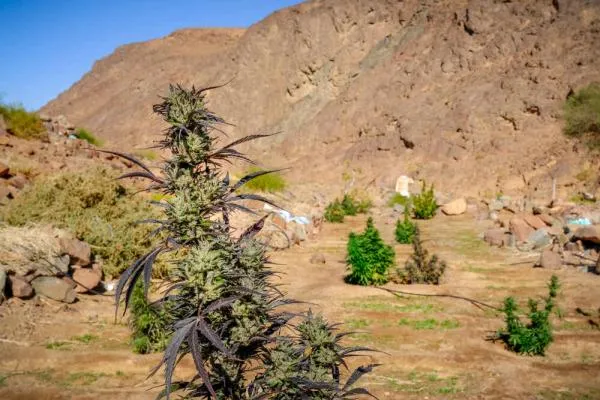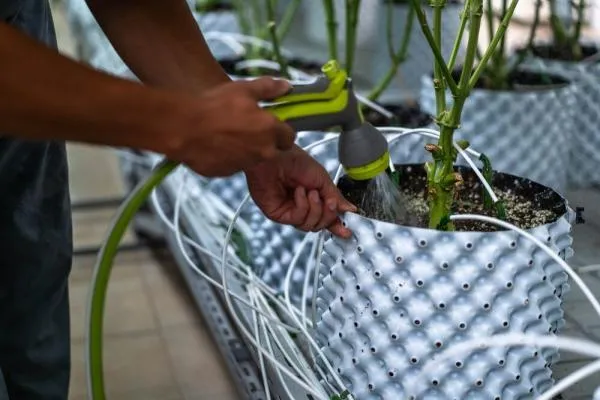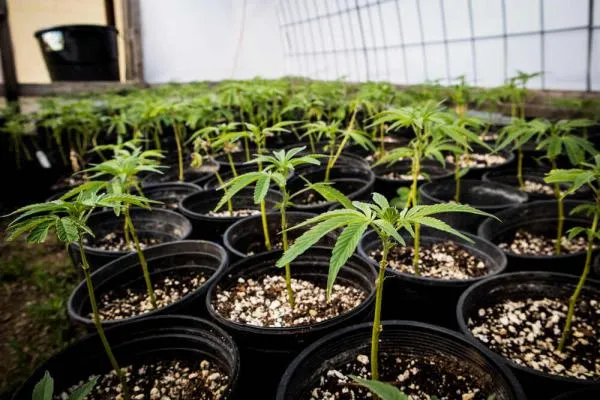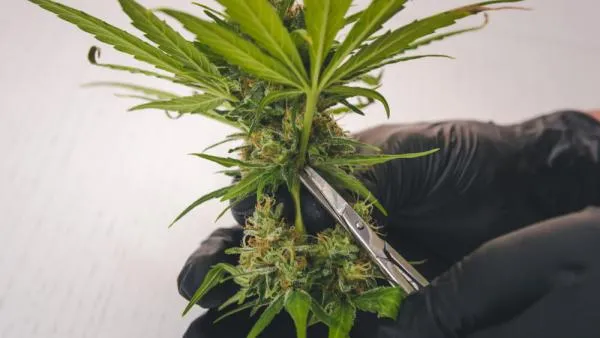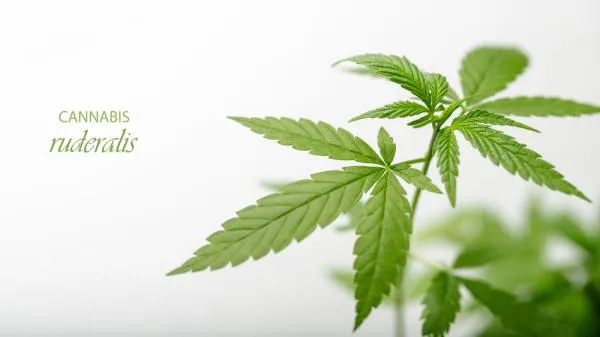When you have spent valuable time and money growing your cannabis plants, finishing the job properly is essential if you want to get the best weed you can. The final stages of growth leading up to the harvest are the most critical and can make the difference between average buds and something really special. One of the most hotly discussed techniques that growers can use in the later stages of their grow is the flush.
There is no scientific evidence that flushing increases plant yield. The flushing method is used to produce higher quality buds. There is also a perception that flushing helps to ripen the buds, or make the flowers bigger or fuller, which is not true.
Flushing is the process of removing and nutrients that are left in your grow medium and in the cannabis plants itself. The aim is to have no leftover chemicals in your buds by the time the plants are cut down and harvested. This should leave you with a smoother cleaner smoke bursting in flavours and laden with THC.
Because you are depriving the plant of some essential nutrients it could be viewed that this will not help, certainly with the overall size and yield. However many growers swear by it and claim that the flushing process is vital to the success of any grow.
What is flushing?
The most simple explanation is to give your plants nothing but water for that last 2-3 weeks of its life. You should stop all additional nutrients that you have been feeding your plants replacing it with PH adjusted water only.
The process of flushing, and specifically why growers flush, is similar to the act of dieting on humans, although with the opposite effect. When humans diet, it’s so that their bodies will use up the excessive fat resources and get rid of them altogether.
It’s much the same with marijuana plants. Flushing cannabis gets rid of excessive nutrients in the plants. Like the body is forced to use excessive fat cells on a diet, marijuana plants use up the extra nutrients both in the plant and in the soil when they are flushed.
Why is flushing cannabis plants important?
Most growers agree that before you harvest your cannabis plants, it is crucial to flush them. The most commonly held beliefs as to why you should flush are:
- They will taste better - This will be because there will be less potentially nasty chemicals left in the plants cells where additional nutrients and fertilizers have been used during the grow.
- The smoke will be smoother. Because the leaves and bus in plants that have a long flush tend to break down more of their chlorophyll in their last weeks, there will be less present in the dried and cured buds. Less Chlorophyll – less harshness.
- The weed will have more flavour – A thorough flush of your plant is argued to lead to greater terpene presence. This claim is harder to prove but they certainly would be less masked by other chemical compounds found in some nutrient mixes.
There are additional benefits to the flushing process which should not be underestimated. Namely, money. If you run a 2 or even three week flush of your marijuana, then that is 3 weeks worth of nutrients that you do not have to buy. It is also means you do not need to spend your valuable time carefully measuring and mixing chemicals and adding them.
Does it matter if I forget to flush my plants?
Looking at the points above it seems that flushing is critical for the plant and beneficial for your wallet, so why wouldn’t you. There are a significant number of counter arguments as to why you actually shouldn’t flush your plants
- Any reduction in nutrient intake by the plant is detrimental to the over growth and therefore potential yield. Put simply, if you deprive the plant of essential nutrients it slows or even stops growing.
- Trichome production is chemically expensive for a plant, it requires a lot of energy. It seems counterintuitive to say that limiting the nutrients available will encourage the plant to make more THC
- The trial conducted by Rx Green Technologies, concluded the length of flush (14, 10, 7, 0 days) did not impact the overall yield and potency of the plants. However in blind taste tests “results indicated a trend toward improved flavour and smoke quality with the zero-day flush”
When should I flush my cannabis plants?
Generally speaking, marijuana plants should be flushed about two-three weeks before they’re harvested. However, depending on the strain and the grow set-up, flushing could be required sooner or later. The best way to know when cannabis plants are ready to be flushed can be seen through their trichomes.
When the trichomes of a plant are milky and white, this is the perfect time for flushing, but still too early for harvest. Those who are growing in amended soil, such as Super Soil, should not flush, while those grown in soil will need the typical one to two weeks for flushing. Specifically, sandy soils will only require a flush of around 1 week as they do not contain much organic material that retains nutrients. Rich loam soils high in organic material will require 10 days to 2 weeks; whereas heavy clay soils will require the full three weeks due to the way they bind nutrients
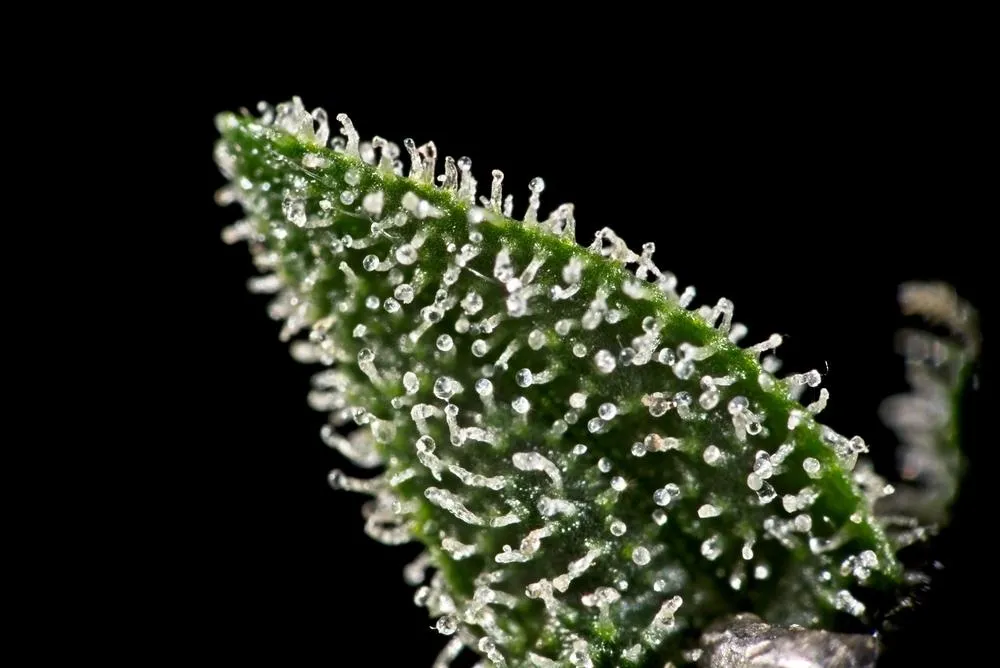
Growers using coco coir should start flushing a week before harvest, while those growing hydroponically only need to flush for a few days before harvest.
Sometimes it may be necessary to do a flush of your plants during the vegetative stage. Although this is for a different reason to the harvest time flush, the method is similar . If the leaves start to dry and turn brown, it might be an indication that there are too many nutrients in the soil. To correct this problem, some growers flush during this stage too, just to get the plants back to good health. This should be exercised with caution, ideally only running the volume of water that the container holds. Does this once and wait to see how the plant responds to avoid overwatering your plant while flushing.
Should I flush my cannabis every day?
No, you should not flush your cannabis every day. Flushing is typically done in the weeks leading up to harvest and involves removing all nutrients from the growing medium and the plants to ensure that no leftover chemicals are present in the buds. Daily flushing would be excessive and could harm the plants by depriving them of essential nutrients during the important vegetation period. You can also run the risk of drowning the plants if there is not sufficient drainage of your grow medium retains high levels of moisture. The standard practice is to flush for 1-2 weeks before harvest, depending on the type of nutrients and growing medium used.
Do buds still grow when flushing?
Yes, buds continue to grow during the flushing process. During flushing, the plants receive an increased amount of water and a reduced amount of nutrients, which causes them to use up any residual nutrients stored in their leaves and stems. However, this does not affect the growth of the buds, which continue to mature and develop as normal. As excess nutrients are used the natural terpenes and cannabinoids come through unmasked by chemical residues.
Summary
Now we have looked at the question, does flushing increase yield, it is clear there are pros and cons. However, the debate continues, as really, there is no scientific evidence to back up either side of the argument. Some growers claim that the flush can lead to smaller yields and a decrease in potency, while others swear that it results in bigger yields and more flavourful buds. Ultimately, the decision to flush or not comes down to personal preference, the type of cannabis being grown and the medium it is in. The best approach is to try flushing for yourself and see the results. Whether it increases or decreases yield, flushing can lead to a more enjoyable smoking experience and is worth considering as part of your grow if you are happy to accept it for its limitations and the potential risks it can bring.
